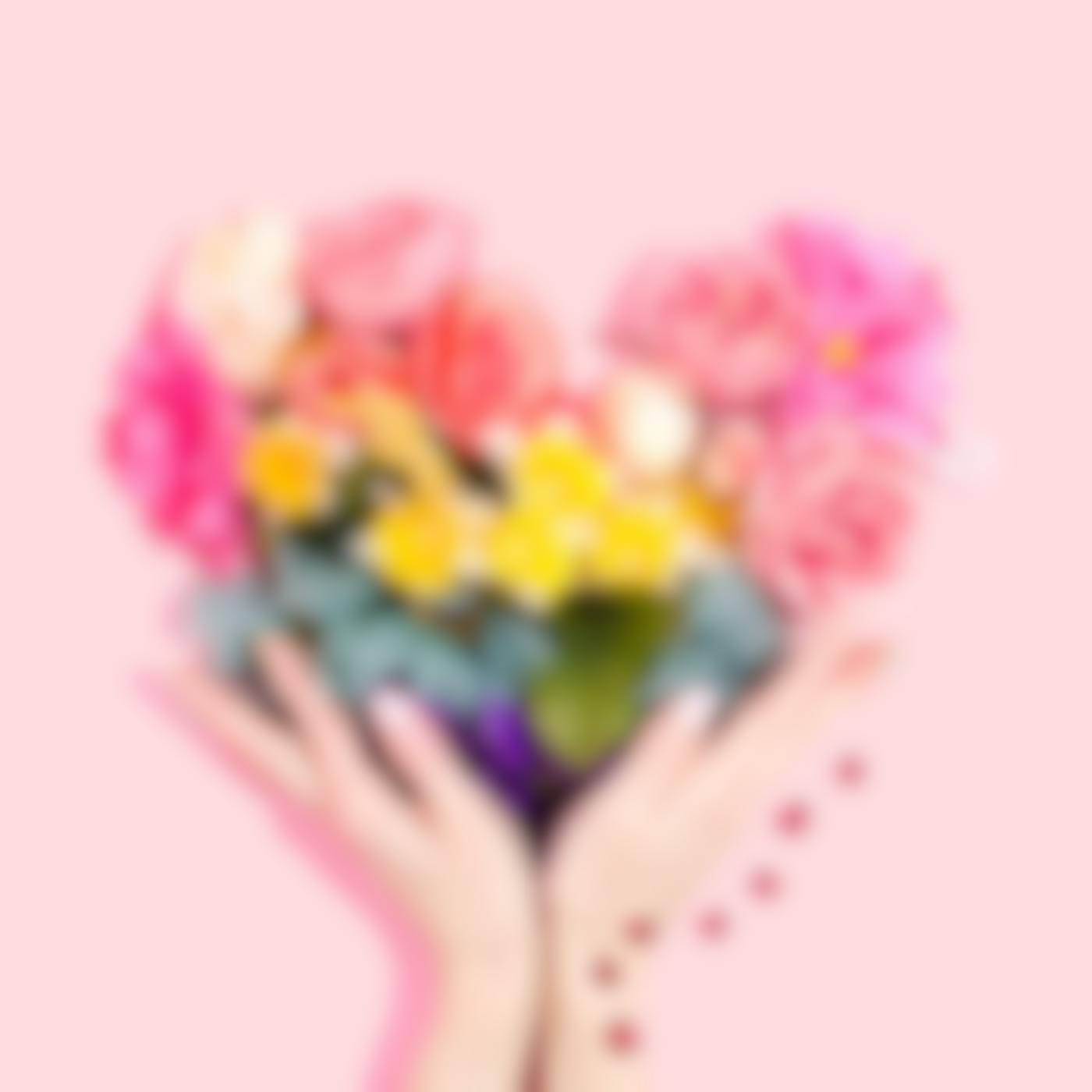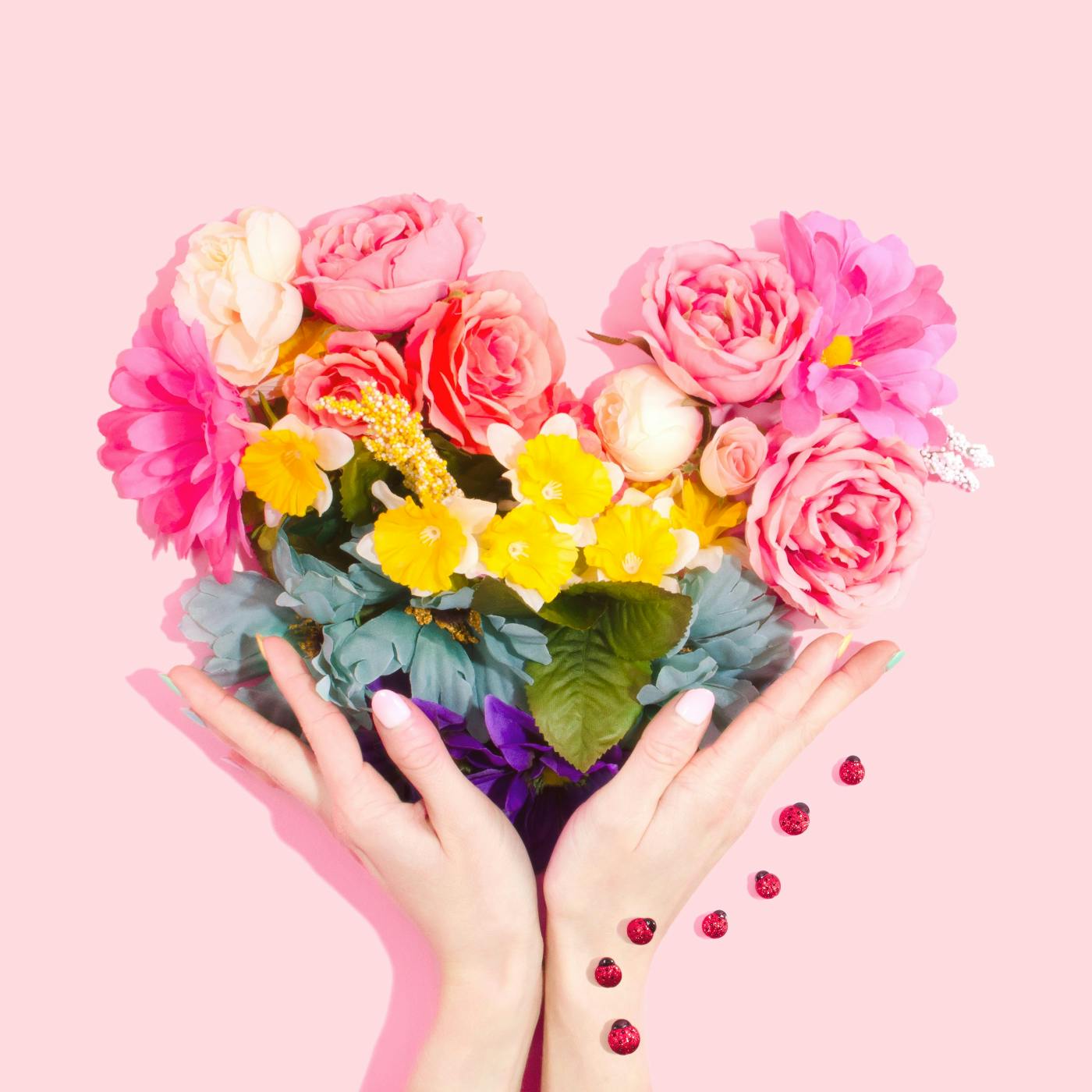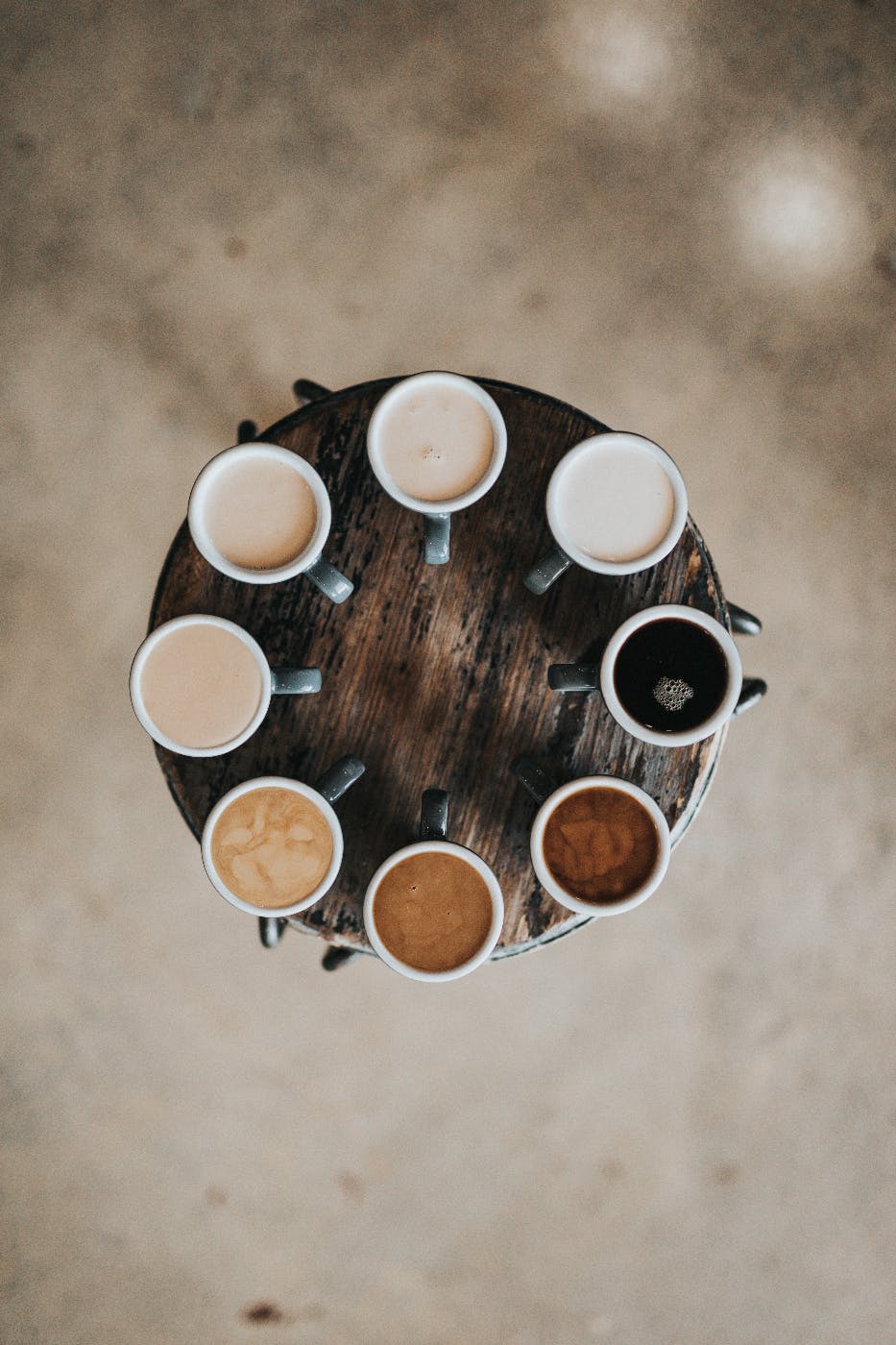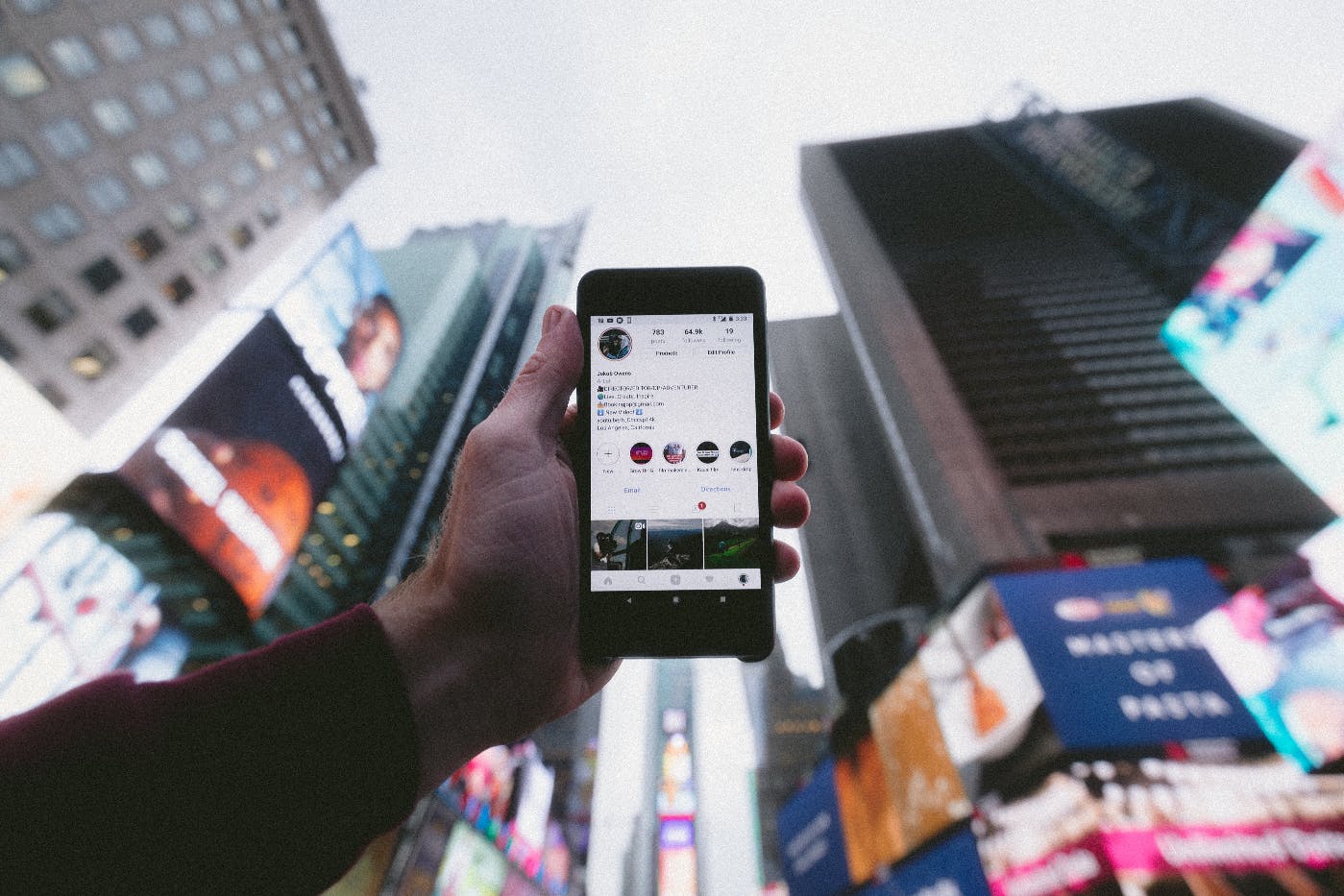

Color psychology in website design is an intricate art that goes beyond mere aesthetics; it involves a careful understanding of how colors influence human perceptions and can significantly shape user experiences.
In the realm of web design, aesthetics play a pivotal role in attracting and retaining users. Among the multitude of design elements, color holds a unique position due to its profound impact on human emotions and behaviors. Color psychology in website design is an intricate art that goes beyond mere aesthetics; it involves a careful understanding of how colors influence human perceptions and can significantly shape user experiences. By leveraging the power of color psychology, designers can create websites that leave a lasting impression on visitors, enhance brand perception, and drive user engagement.
Understanding Color Psychology
Color psychology is the study of how colors affect human emotions, thoughts, and behaviors. Different colors evoke distinct psychological responses, which have been extensively studied and documented over the years. Understanding the psychological significance of colors is crucial in web design as it helps designers make informed decisions about color selection to create the desired emotional impact on users.
Color Associations and Symbolism
Colors are associated with various emotions, cultural meanings, and symbolism. For instance:
Red: Often associated with passion, energy, and urgency, red can evoke strong emotions and stimulate action. It's frequently used for calls-to-action (CTAs) or buttons, encouraging users to take specific actions like signing up, making a purchase, or subscribing to a service.
Blue: Representing trust, reliability, and calmness, blue is frequently used by tech companies and financial institutions to instill confidence in their users. It is also known to have a calming effect, making it suitable for websites that aim to create a relaxing user experience.
Green: Linked with nature, growth, and health, green is often employed in websites related to the environment, wellness, and organic products. It is considered easy on the eyes and is commonly used to establish a sense of balance and harmony.
Yellow: Symbolizing optimism and happiness, yellow can grab attention and create a sense of cheerfulness. However, excessive use of yellow may strain the eyes, so it's essential to use it judiciously.
Orange: Combining the energy of red and the cheerfulness of yellow, orange exudes warmth and enthusiasm. It is often used to create a sense of excitement and enthusiasm in website designs.
Purple: Associated with luxury, creativity, and imagination, purple is frequently used in designs aimed at appealing to a sophisticated and artistic audience.
Black: Often associated with elegance, power, and formality, black is used to create a sense of sophistication and timelessness. However, excessive use of black can also be overwhelming and should be balanced with other colors.
White: Symbolizing purity and simplicity, white is commonly used to create a clean and minimalist look. It can also help highlight other colors and content on the website.

Color Combinations and Harmony
Selecting an appropriate color scheme is an essential aspect of web design. Colors can be combined in various ways to create different effects. Monochromatic schemes use shades of a single color to create a cohesive and harmonious look. Analogous schemes use colors that are adjacent to each other on the color wheel, creating a sense of unity. Complementary schemes, which use colors that are opposite each other on the color wheel, provide a vibrant and eye-catching contrast.
The appropriate color combination can significantly impact the website's visual appeal and the emotional response it elicits from users. Understanding color theory and experimenting with different combinations can lead to more effective website designs.
Cultural and Contextual Considerations
Designers must also consider cultural differences when choosing color schemes. Colors can have different cultural meanings, and what may be perceived positively in one culture could be viewed negatively in another. For example, while white represents purity and weddings in Western cultures, it symbolizes mourning in some Eastern cultures. Understanding the cultural context of the target audience is crucial to avoid potential misinterpretations and ensure the intended message is conveyed effectively.
Creating Emotional Connection
Colors can evoke emotions and, when used thoughtfully, can help create an emotional connection between the website and its visitors. This connection can significantly influence user behavior, encouraging them to explore the website further, engage with its content, and even convert into customers.
For instance, a website selling adventure travel packages might use vibrant and energetic colors like orange and yellow to elicit feelings of excitement and enthusiasm, reflecting the thrill of the experience they offer. On the other hand, a meditation app might utilize calming blues and greens to establish a sense of tranquility, attracting users seeking relaxation and mindfulness.
Guiding User Attention
Colors can also be used strategically to direct user attention to specific elements on the website. By employing contrasting colors for call-to-action buttons or important information, designers can make these elements stand out and increase the likelihood of user interaction. This technique, known as visual hierarchy, ensures that users focus on the most critical elements and follow the desired path through the website.
Brand Identity and Recognition
Colors play a fundamental role in brand identity. Consistent use of colors throughout a website helps reinforce brand recognition and recall. Users often associate specific colors with particular brands, and maintaining color consistency across various brand touchpoints, including the website, strengthens brand identity and fosters brand loyalty.

A short recap
Color psychology in website design is a captivating art that harnesses the emotional impact of colors on users. Each hue elicits distinct responses, enabling designers to create meaningful experiences. Colors can evoke emotions, guide attention, and reinforce brand identity, leaving a lasting impression on visitors. Thoughtful color combinations, considering cultural contexts, and establishing an emotional connection are key to driving user engagement. The strategic use of colors can enhance visual appeal, encourage exploration, and optimize user behavior. By understanding the role of color psychology, designers can craft impactful websites that captivate audiences and elevate the overall user experience.
Conclusion
Color psychology is a potent tool in website design, capable of creating an impactful visual experience and influencing user behavior. By understanding the emotional and psychological effects of different colors, designers can make informed choices to evoke desired responses from their audience. When used thoughtfully and in harmony with other design elements, colors can enhance the overall user experience, create emotional connections, and reinforce brand identity, making websites more engaging, memorable, and effective in achieving their goals.
Did You Know
ThoughtLab is a dynamic and innovative full-service creative agency renowned for its exceptional branding prowess and relentless commitment to thinking outside the box. With a team of visionary creatives, strategists, and marketing experts, ThoughtLab consistently delivers groundbreaking solutions that redefine the boundaries of branding and design. They understand that in today's fast-paced and competitive landscape, it is vital to break away from convention and embrace bold, unique ideas.
ThoughtLab's approach revolves around immersing themselves in their client's businesses, understanding their values and aspirations, and crafting tailor-made design experiences that resonate deeply with the target audience. Their track record of success stands as a testament to their ability to push creative boundaries, captivate audiences, and ensure their client's brands stand out amidst the noise. With a focus on innovation and a passion for excellence, ThoughtLab continues to be at the forefront of revolutionizing the world of branding and marketing. Contact ThoughtLab today.
